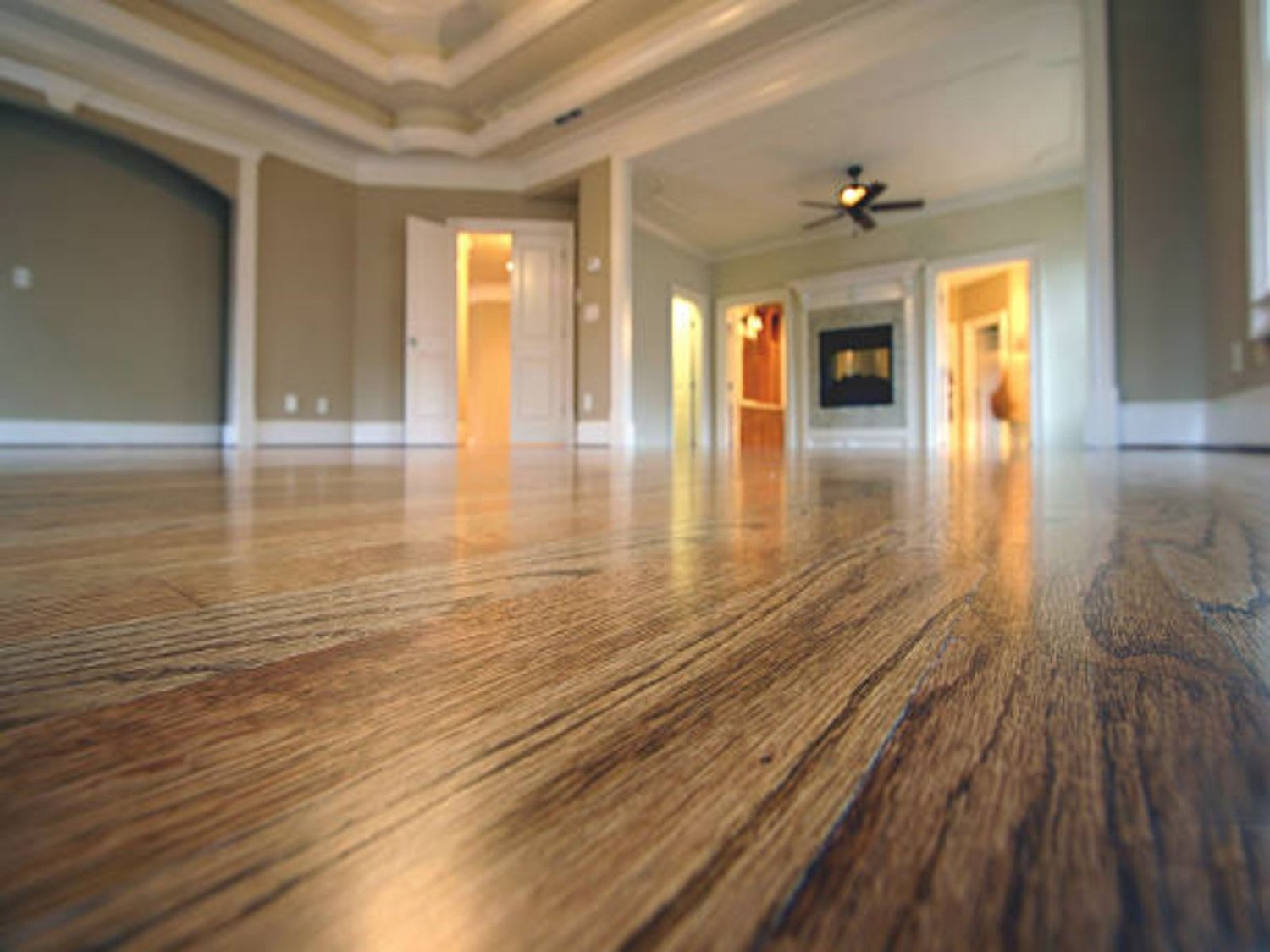Advantages of SPC Flooring
SPC (Stone Plastic Composite) flooring is a popular choice for homeowners and businesses alike due to its many advantages. In this article, we will explore the various benefits of SPC flooring and why it may be the right choice for you.
1. Durability
One of the biggest advantages of SPC flooring is its exceptional durability. SPC flooring is made up of multiple layers, including a rigid core that provides stability and strength. This makes it highly resistant to impact, scratches, and dents, making it ideal for high-traffic areas or homes with pets and children.
2. Water Resistance
Another significant advantage of SPC flooring is its excellent water resistance. Unlike hardwood or laminate flooring, SPC flooring is completely waterproof. This makes it a perfect choice for areas prone to moisture, such as bathrooms, kitchens, and basements. With SPC flooring, you don't have to worry about spills or water damage.
3. Easy Maintenance
SPC flooring is incredibly easy to maintain. It requires minimal effort to keep it clean and looking its best. Regular sweeping or vacuuming, along with occasional damp mopping, is usually sufficient to keep SPC flooring free from dust, dirt, and stains. This low-maintenance characteristic is a significant advantage for busy households or commercial spaces.
4. Wide Range of Styles
SPC flooring offers a wide range of styles and designs to suit any aesthetic preference. Whether you prefer the look of hardwood, stone, or tile, there is an SPC flooring option available for you. The advanced printing technology used in the manufacturing process allows for realistic and detailed designs that mimic the appearance of natural materials.
5. Comfort
Although SPC flooring is rigid and durable, it also offers a level of comfort underfoot. The multiple layers of SPC flooring provide a slight cushioning effect, making it more comfortable to walk on compared to harder flooring options like tile or concrete. This is particularly beneficial for individuals who spend long hours standing or walking in their homes or workplaces.
Disadvantages of SPC Flooring
1. Price
While SPC flooring offers numerous advantages, it does come with a higher price tag compared to some other flooring options. The advanced manufacturing process and high-quality materials used in SPC flooring contribute to its durability and performance, but it also increases the overall cost. However, considering the long-term benefits and lifespan of SPC flooring, many find it to be a worthwhile investment.
2. Installation Difficulty
Installing SPC flooring can be more challenging compared to other flooring types. It requires precise measurements, proper subfloor preparation, and careful cutting and fitting of the planks. Due to its rigid nature, SPC flooring may require specialized tools and experienced installers to ensure a seamless and professional installation. Hiring a professional flooring installer is often recommended to achieve the best results.
3. Limited Repair Options
While SPC flooring is highly durable, it is not entirely immune to damage. In the event of deep scratches or extensive damage, repairing SPC flooring can be more challenging compared to other flooring materials. In most cases, individual planks or tiles need to be replaced, which can be time-consuming and may require professional assistance to ensure a proper repair.
4. Environmental Impact
One of the potential disadvantages of SPC flooring is its environmental impact. SPC flooring is made from a combination of natural limestone powder, polyvinyl chloride (PVC), and stabilizers. The manufacturing process of PVC involves the use of fossil fuels, which contributes to carbon emissions. Additionally, the disposal of SPC flooring at the end of its lifespan can pose environmental challenges. However, many manufacturers are working towards more sustainable production methods and recycling initiatives.
5. Coldness
SPC flooring, particularly when installed directly on concrete subfloors, can feel colder underfoot compared to other flooring options. This is due to the absence of an insulating layer. However, this can be mitigated by using area rugs or underfloor heating systems to provide additional warmth and comfort.

